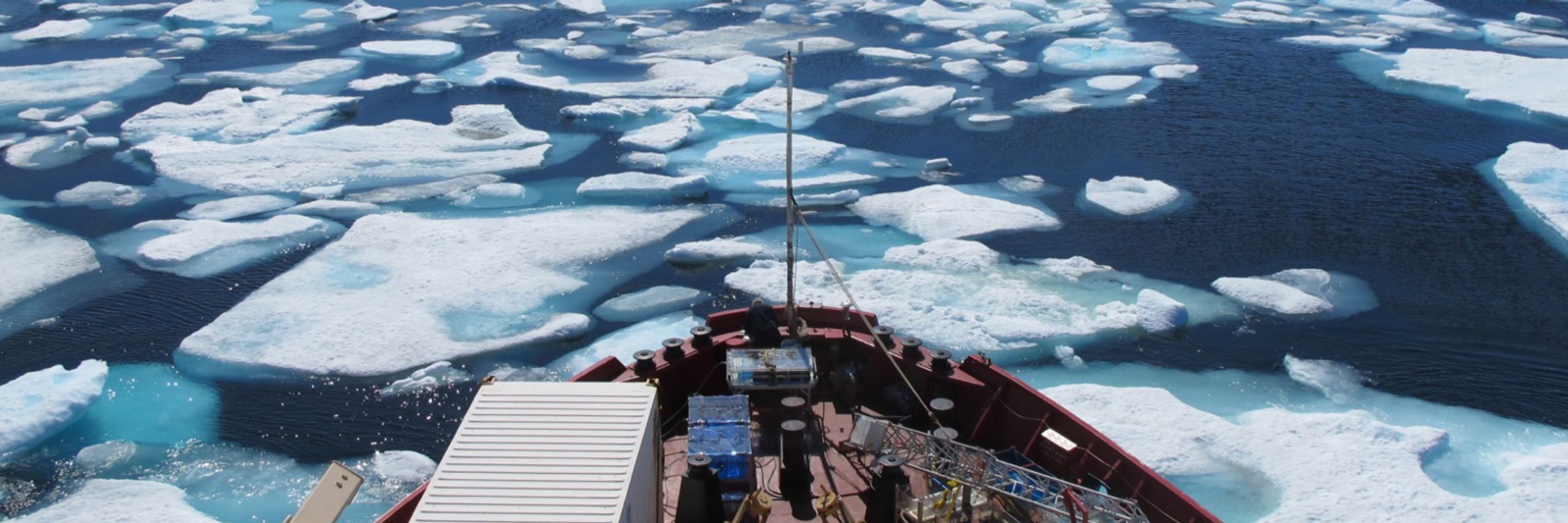
Nadine Lehmann
@nadlehmann.bsky.social
Marine biogeochemist interested in carbon and nutrient cycling | Research fellow @ IMAS/UTAS | she/her
Importantly, our findings show that it is critical to consider large-scale feedbacks in the ocean system when evaluating the efficiency of ocean alkalinity enhancement.
A summary of the article can be found here: www.nature.com/articles/s41...
A summary of the article can be found here: www.nature.com/articles/s41...

Pelagic calcifier proliferation along surface ocean gradients in carbonate chemistry - Nature Geoscience
Natural gradients across surface ocean regions show that changes in carbonate chemistry projected for ocean alkalinity enhancement could promote the proliferation of calcifying phytoplankton. This shi...
www.nature.com
February 12, 2025 at 10:25 PM
Importantly, our findings show that it is critical to consider large-scale feedbacks in the ocean system when evaluating the efficiency of ocean alkalinity enhancement.
A summary of the article can be found here: www.nature.com/articles/s41...
A summary of the article can be found here: www.nature.com/articles/s41...
However, more moderate and arguable more realistic alkalinity enhancement may only mitigate for adverse acidification effects on coccolithophores, with only minor impacts on the CO2 removal potential of OAE (a reduction of less than 3% until 2100).
February 12, 2025 at 10:25 PM
However, more moderate and arguable more realistic alkalinity enhancement may only mitigate for adverse acidification effects on coccolithophores, with only minor impacts on the CO2 removal potential of OAE (a reduction of less than 3% until 2100).
Based on observed relationships, we estimate that extreme alkalinity enhancement may promote the proliferation of coccolithophores, thereby reducing the CO2 removal potential of ocean alkalinity enhancement by 2-29% by 2100. 8/10

February 12, 2025 at 10:25 PM
Based on observed relationships, we estimate that extreme alkalinity enhancement may promote the proliferation of coccolithophores, thereby reducing the CO2 removal potential of ocean alkalinity enhancement by 2-29% by 2100. 8/10
However, our results also show that on a regional and local scale other environmental drivers such as nutrient availability and the physical environment may dominate over the influence of carbonate chemistry. 7/10
February 12, 2025 at 10:25 PM
However, our results also show that on a regional and local scale other environmental drivers such as nutrient availability and the physical environment may dominate over the influence of carbonate chemistry. 7/10
This observation is supported by physiological theory from previous laboratory experiments showing a combined influences of carbon substrate availability and proton inhibition of calcification. 6/10 www.sciencedirect.com/science/arti...
February 12, 2025 at 10:25 PM
This observation is supported by physiological theory from previous laboratory experiments showing a combined influences of carbon substrate availability and proton inhibition of calcification. 6/10 www.sciencedirect.com/science/arti...
We found that surface gradients similar in magnitude to OAE-induced changes in carbonate chemistry support the proliferation of calcifying over non-calcifying phytoplankton. This positive correlation was observed across biogeochemically-distinct ocean provinces, bloom areas and marginal seas. 5/10

February 12, 2025 at 10:25 PM
We found that surface gradients similar in magnitude to OAE-induced changes in carbonate chemistry support the proliferation of calcifying over non-calcifying phytoplankton. This positive correlation was observed across biogeochemically-distinct ocean provinces, bloom areas and marginal seas. 5/10
To test this, we used global satellite data to look at the balance in the abundance of calcifying phytoplankton relative to non-calcifying phytoplankton, and how this balance correlates with natural surface gradients of environmental drivers such as carbonate chemistry, nutrients, temperature. 4/10

February 12, 2025 at 10:25 PM
To test this, we used global satellite data to look at the balance in the abundance of calcifying phytoplankton relative to non-calcifying phytoplankton, and how this balance correlates with natural surface gradients of environmental drivers such as carbonate chemistry, nutrients, temperature. 4/10
A key question we tried to answer was if such a shift in carbonate chemistry could lead to a proliferation of calcifying organisms like coccolithophores by facilitating calcium carbonate precipitation. By consuming alkalinity, increased calcification could directly reduce the efficiency of OAE. 3/10
February 12, 2025 at 10:25 PM
A key question we tried to answer was if such a shift in carbonate chemistry could lead to a proliferation of calcifying organisms like coccolithophores by facilitating calcium carbonate precipitation. By consuming alkalinity, increased calcification could directly reduce the efficiency of OAE. 3/10
OAE sequesters atmospheric CO2 by shifting the seawater carbonate equilibrium from CO2 toward bicarbonate and carbonate ions, thereby promoting an influx of CO2 from the atmosphere into the surface ocean. 2/10
February 12, 2025 at 10:25 PM
OAE sequesters atmospheric CO2 by shifting the seawater carbonate equilibrium from CO2 toward bicarbonate and carbonate ions, thereby promoting an influx of CO2 from the atmosphere into the surface ocean. 2/10

